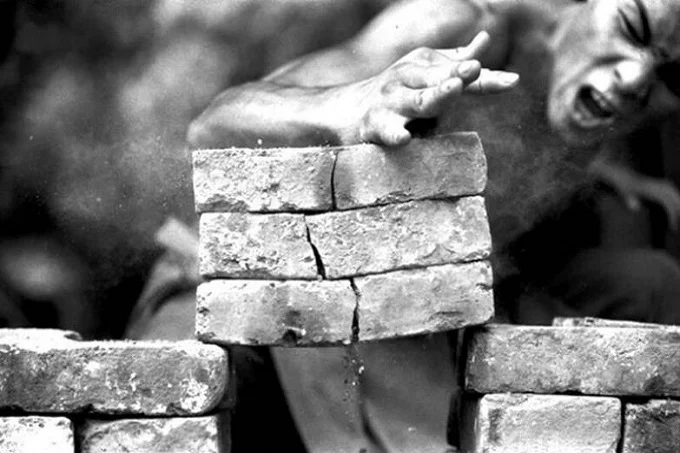On China’s Songshan Mountain, the famed Shaolin Monastery is a location steeped in tales and major historical occurrences. The monastery, which was founded in 495 by a Hindu monk, has become a significant aspect of Chinese culture, both intriguing and terrifying.
Tourists from all over the globe still come here to learn about the cult martial art and witness monks in their daily lives. Many documentaries have been produced about kung fu and its practitioners, but maybe only here, at the monastery, can the genuine face of this discipline be revealed.
In truth, they don’t teach fighting in Shaolin since killing is against the primary idea of religion. The tactics used here are more like a kind of meditation than a means of combat.
Monks devote the majority of their time to prayers and rituals, which aim to enhance their spiritual and physical well-being, gain mastery over their vital energy, develop a conscious will, and push the frontiers of what is possible.
Shaolin’s path is arduous and far, yet those who have mastered it are said to be able to defy the laws of physics and exhibit powers that defy logic.
The monastery practices Chan Buddhism, which teaches that every honest believer has access to enlightenment. “We obtain a fresh perspective on reality, discover our role in the world, and attain inner equilibrium through exercising our soul and body.”
This is exactly the purpose of the teachings, and it is through this lens, the Shaolin fighters’ superhuman skills are explained.
